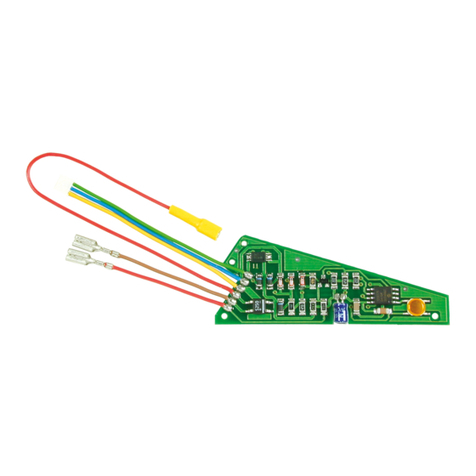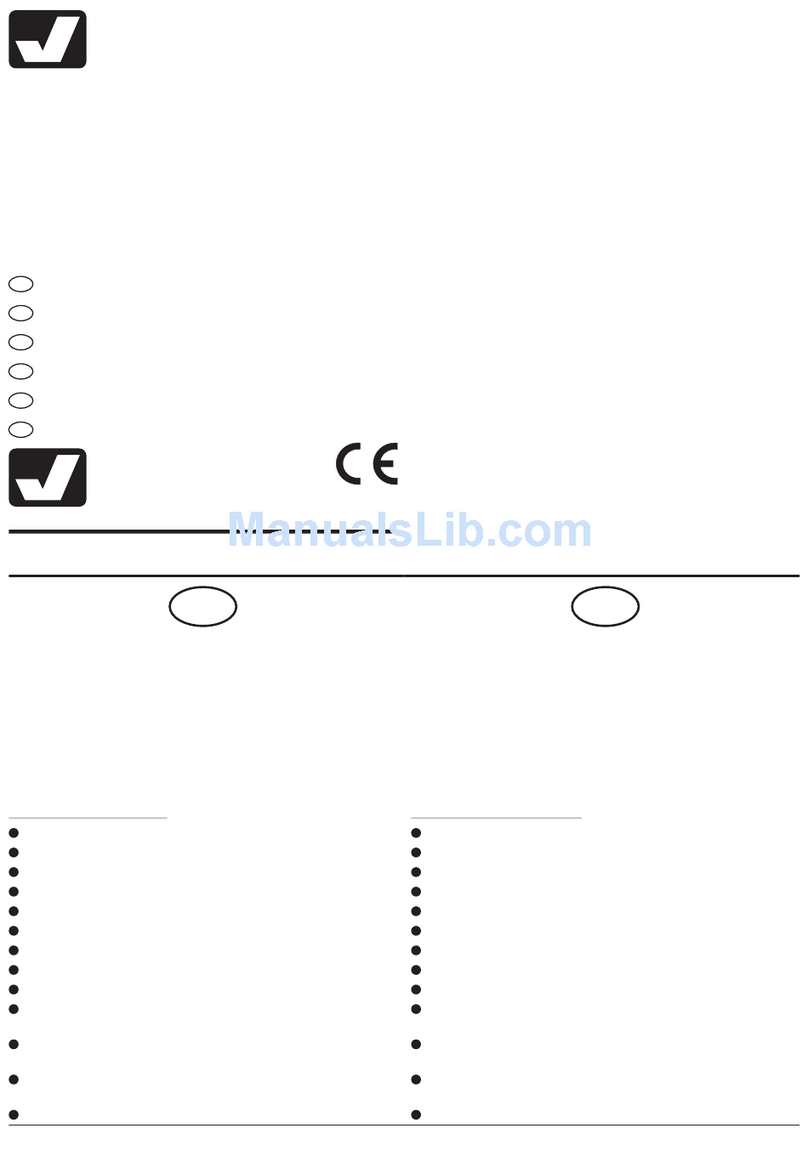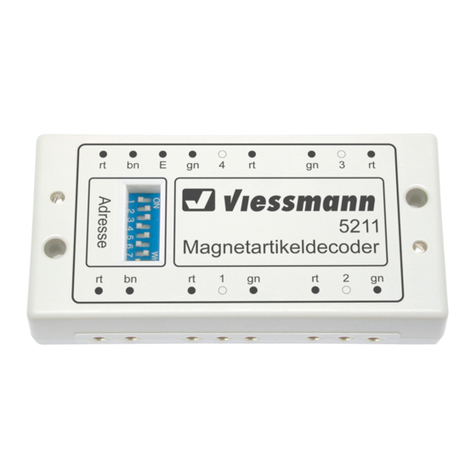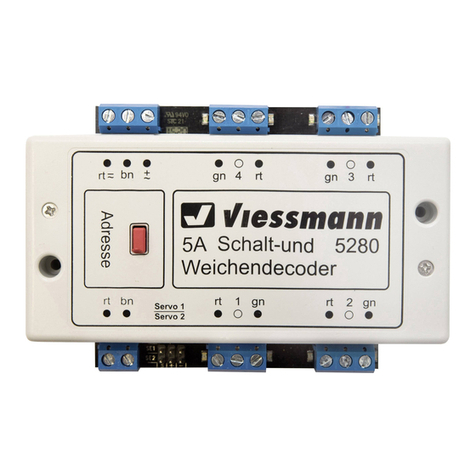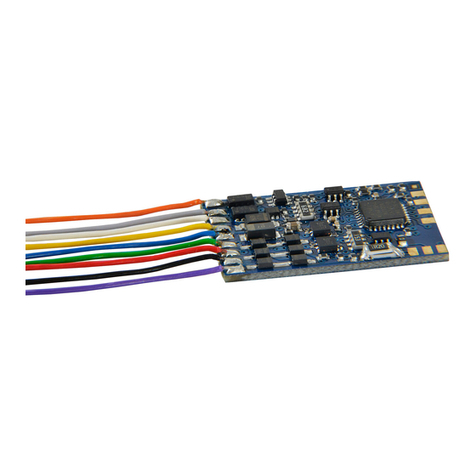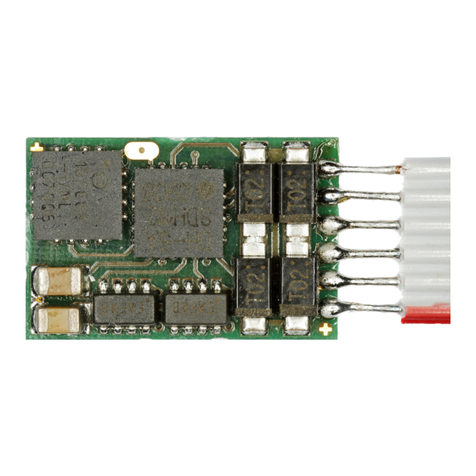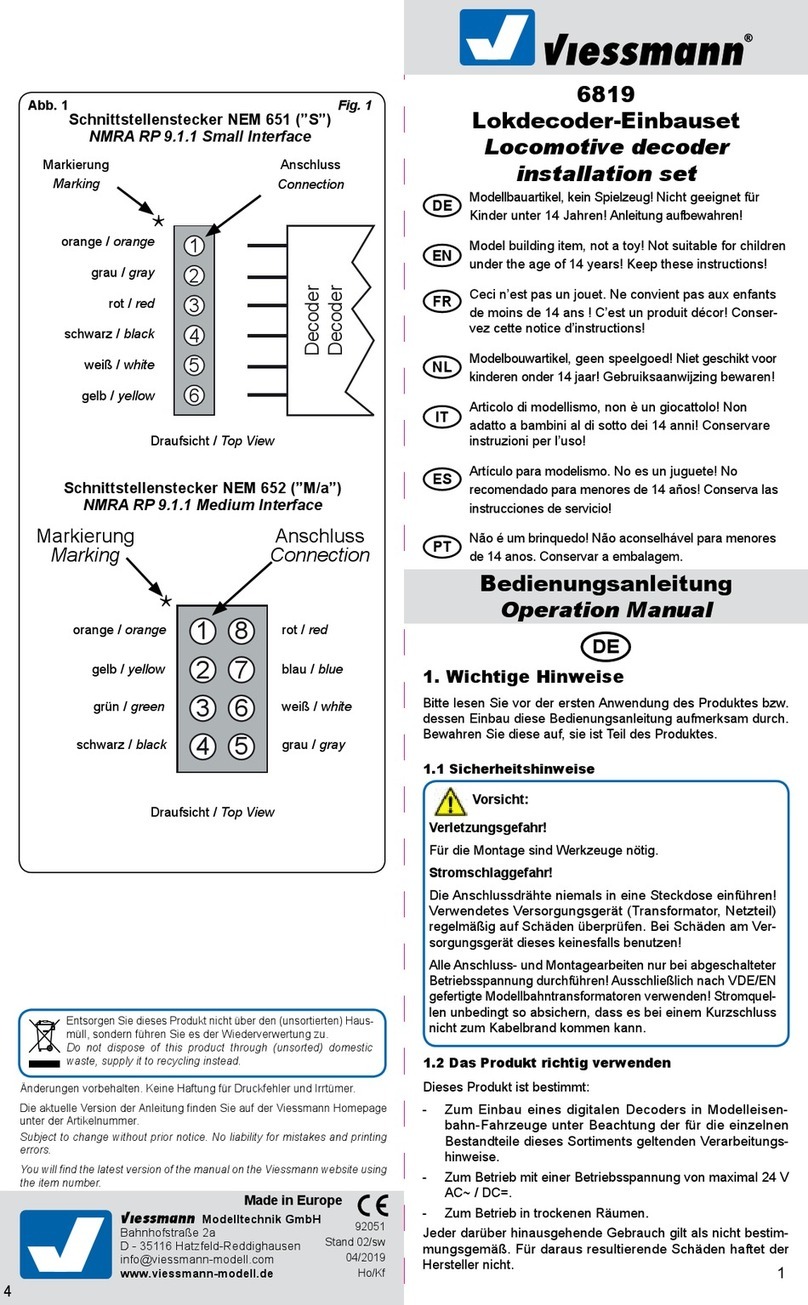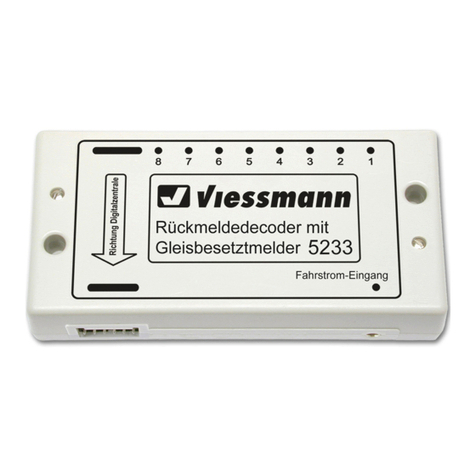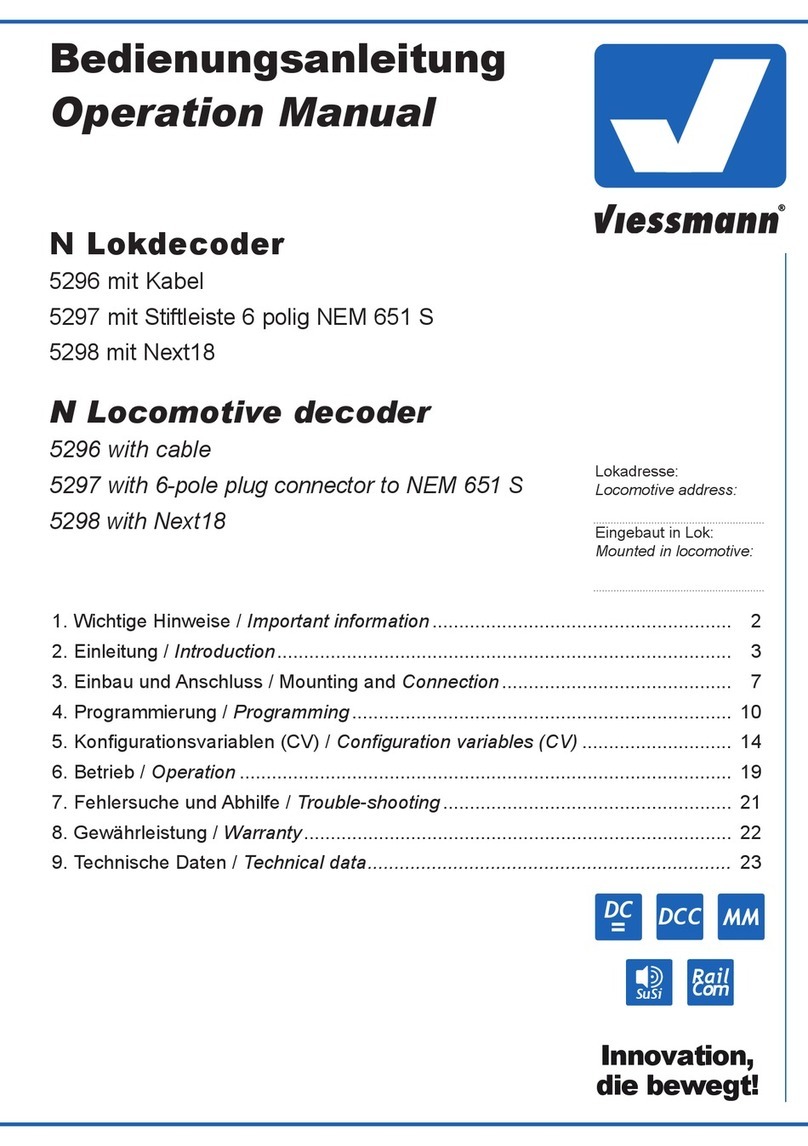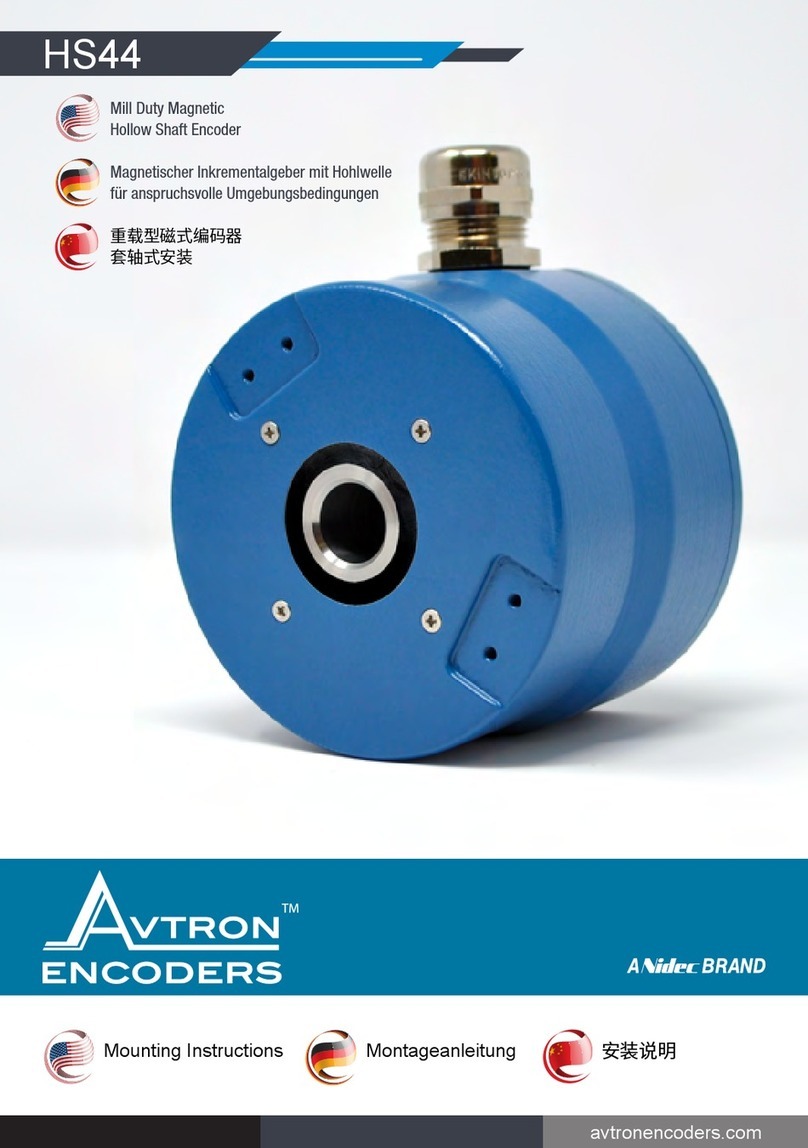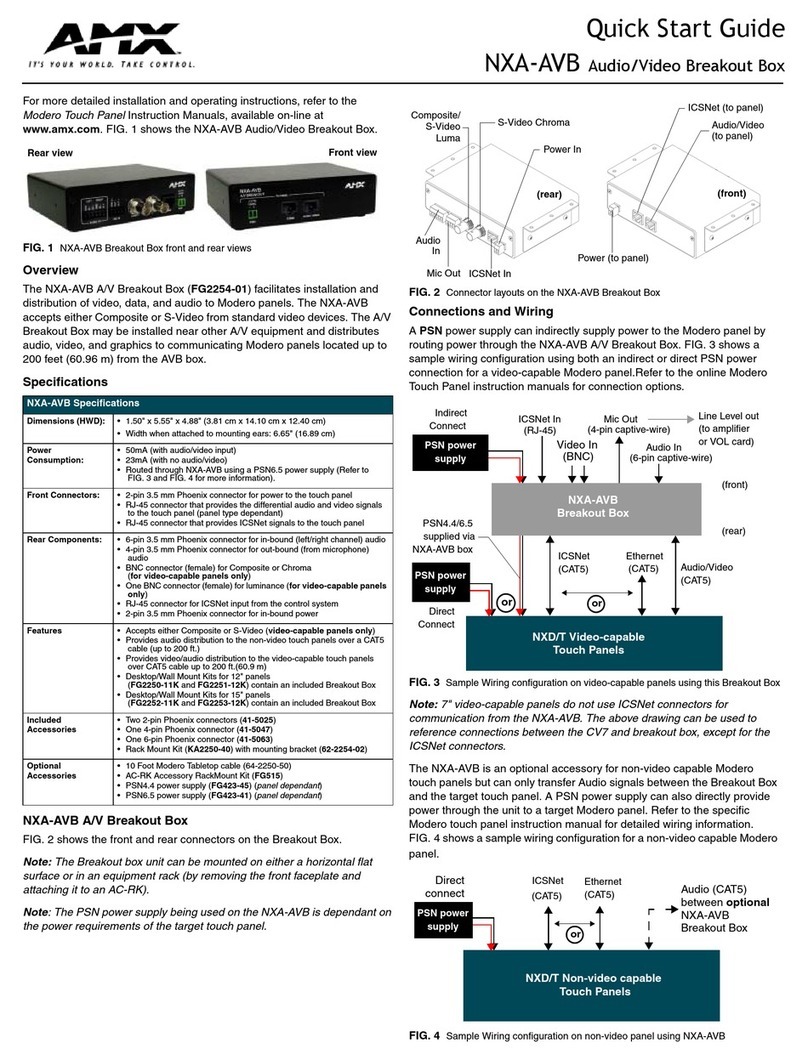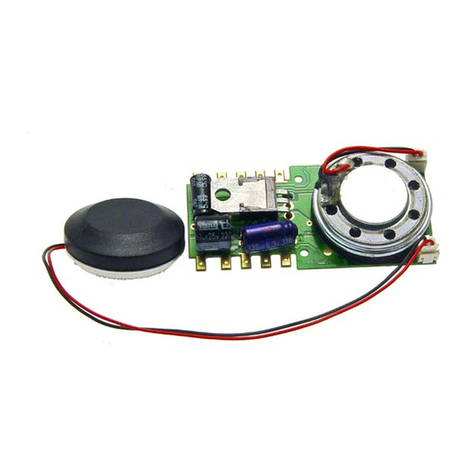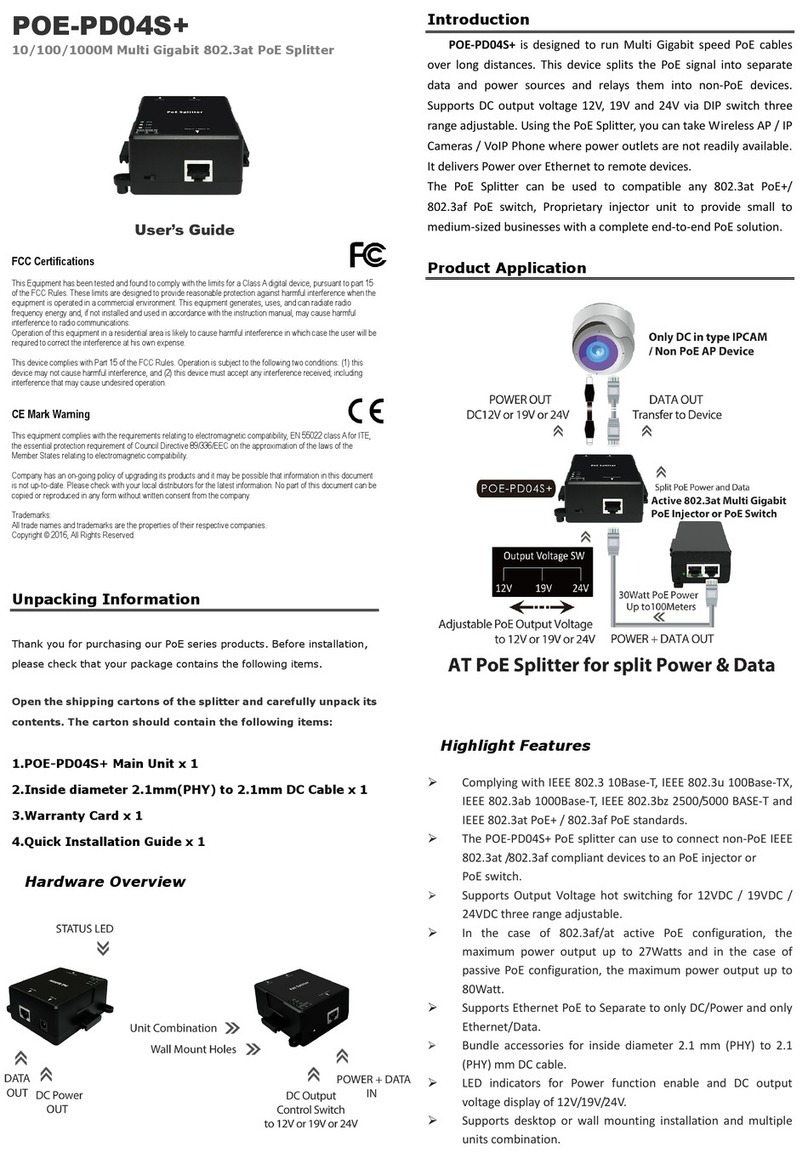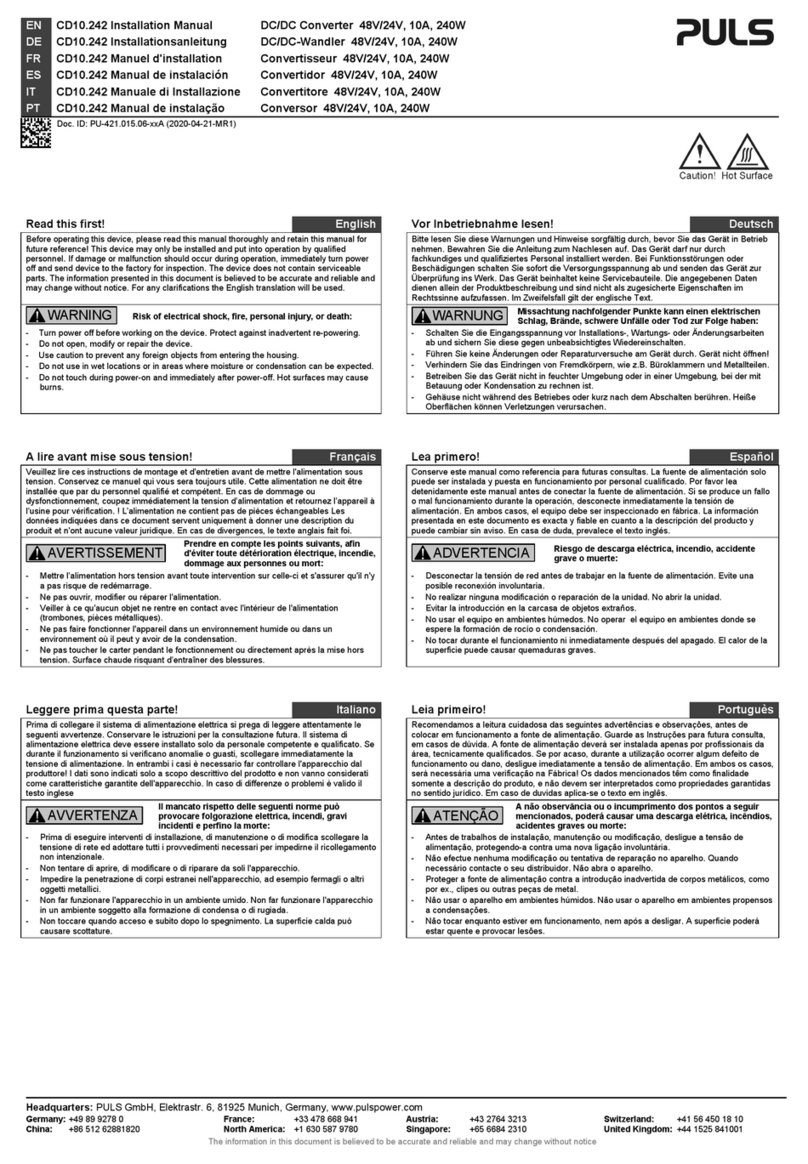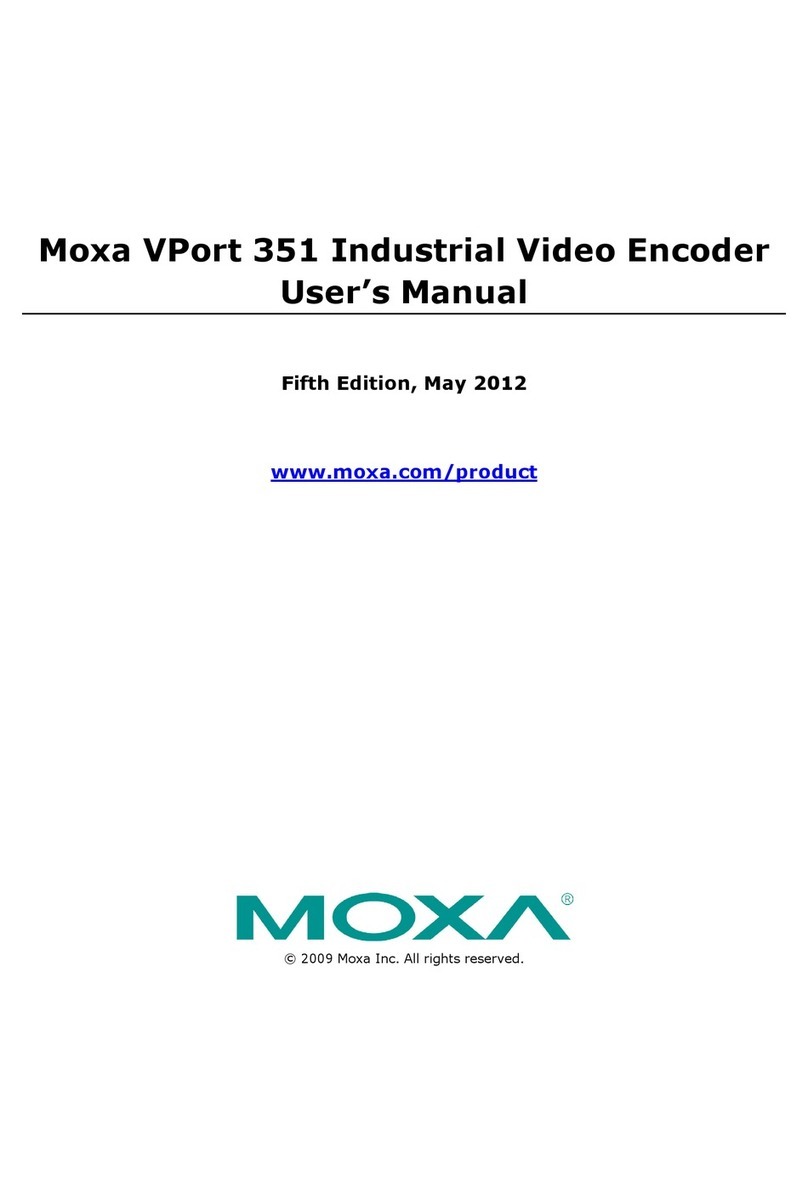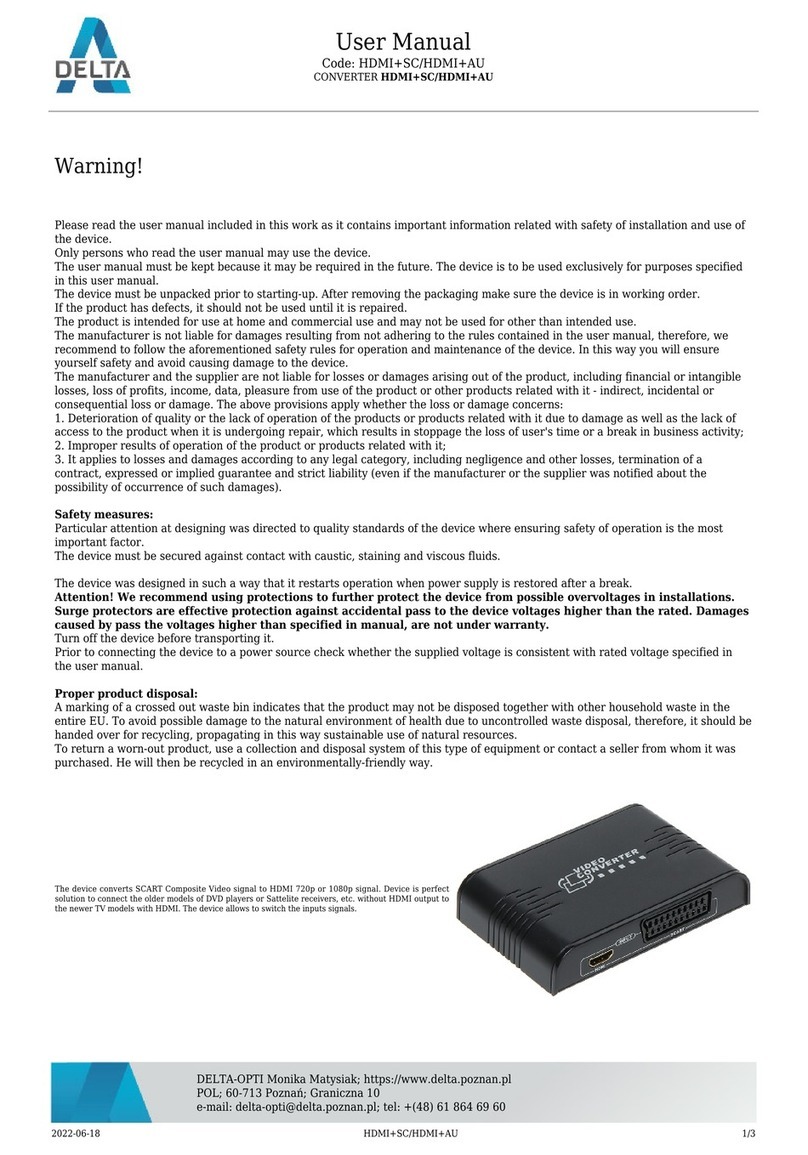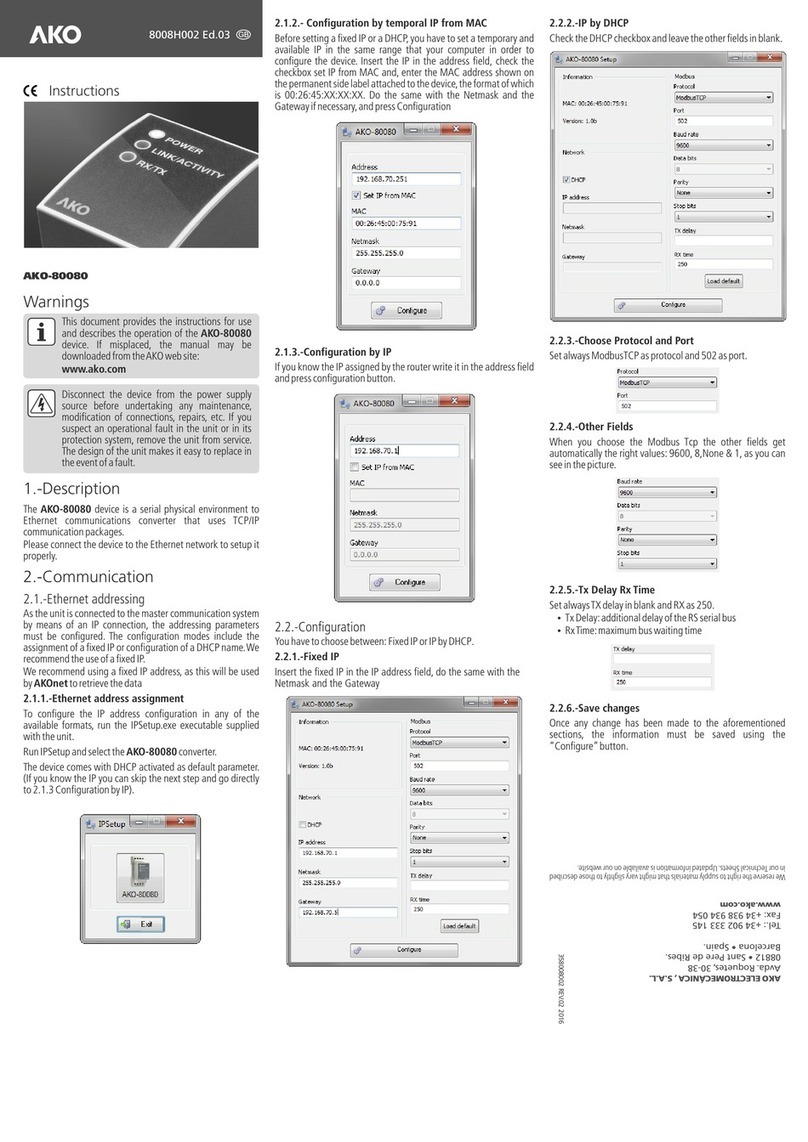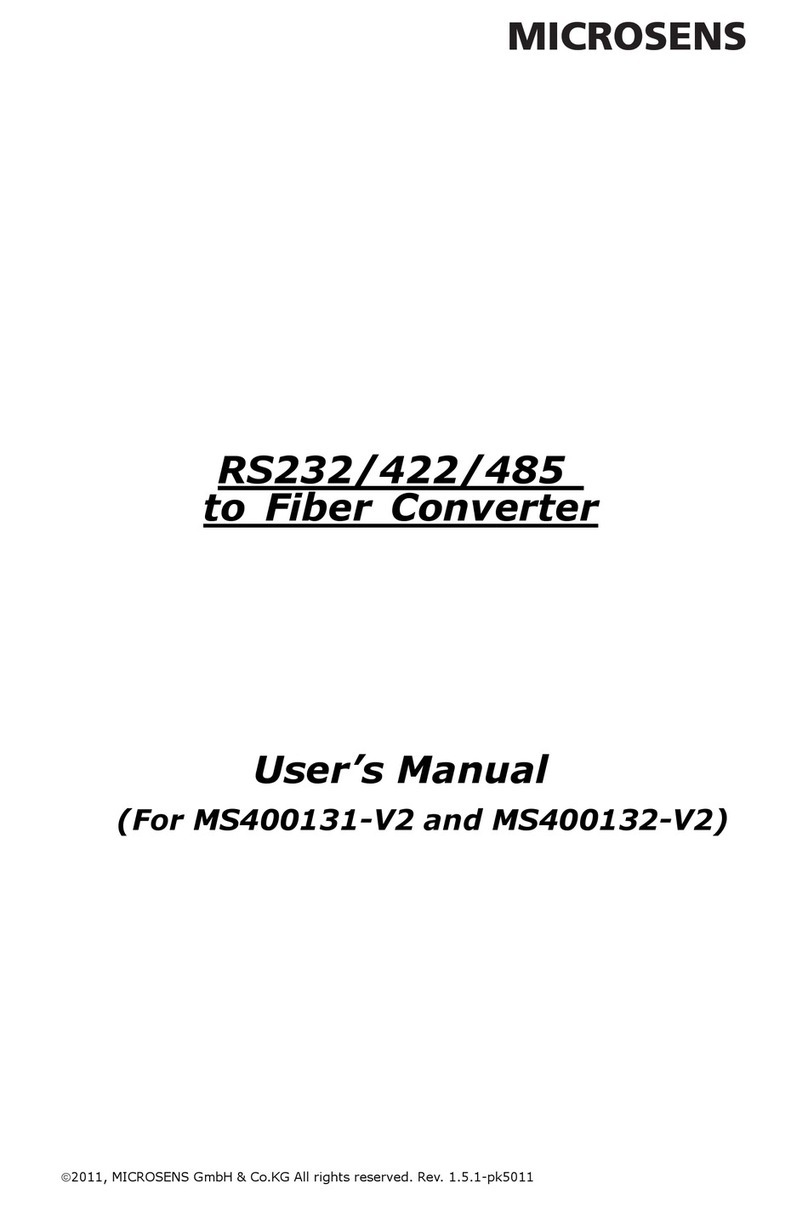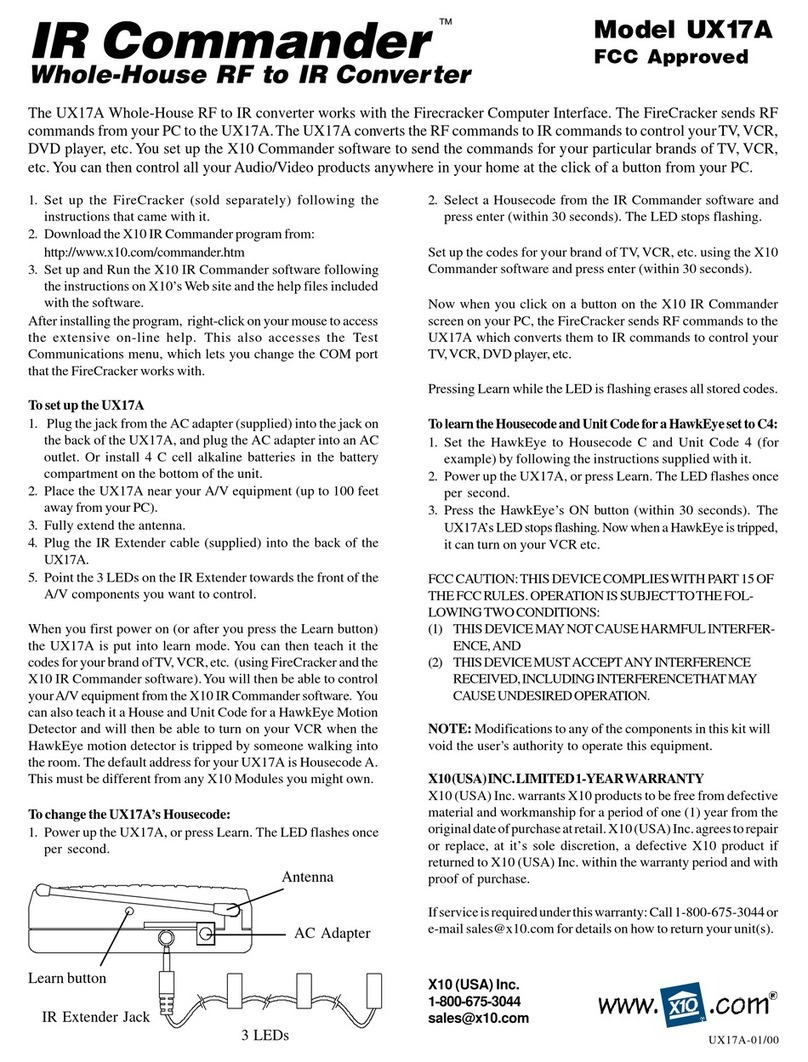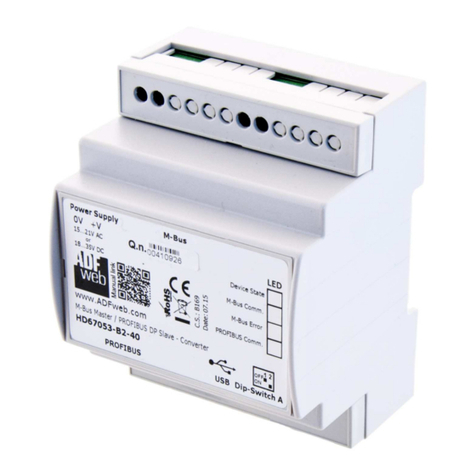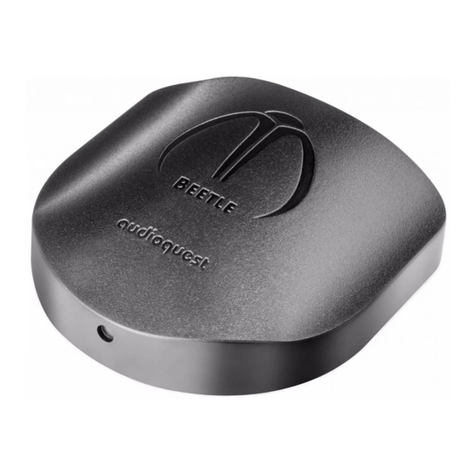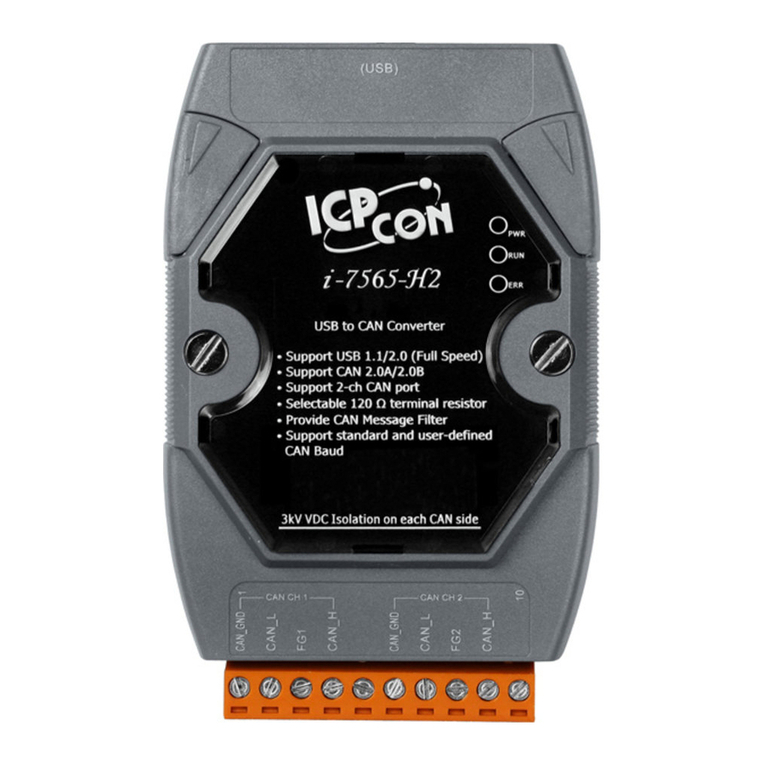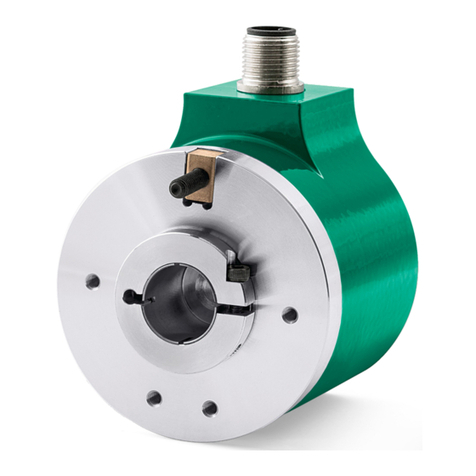
5
Minitrix-Weiche
Minitrix turnout
5,6 Ohm
1 Watt
gleichzeitig fahrenden Zügen noch sicher schalten.
Hierzu ist ein separates Kabel notwendig, welches
die E-Buchsen aller Magnetartikeldecoder Art. 5211
miteinander verbindet. Zur Erzielung der optimalen
Schaltleistung ist es empfehlenswert, die Versor-
gung der E-Buchse über das Powermodul Art. 5215
vorzunehmen (Abb. 3).
4.1 Betrieb mit der Intellibox
Dies gilt auch bei Benutzung der Intellibox. Hierbei
kann es aber zu Problemen mit Minitrix-Weichen-
antrieben kommen. Diese haben im Schaltmoment
eine Stromaufnahme von 2,2 A. Dann spricht die
Überlastsicherung des Art. 5211 an, um die End-
stufen vor Überhitzung zu bewahren.
Zunächst schließen Sie die E-Buchse jedes De-
coders an einem Powermodul Art. 5215 an. Es
reicht ein Powermodul für alle angeschlossenen
Magnetartikeldecoder 5211 aus. Dieses Powermo-
dul versorgen Sie mit 16 Volt Wechselspannung,
wie sie z. B. vom Lichttransformator Art. 5200 ge-
liefert wird.
In die weiße Zuleitung (gemeinsamer Pol beider
Antriebsspulen) jeder Minitrixweiche, welche am
gelben (mittleren) Pol der Ausgangsbuchsen-Drei-
ergruppen des Magnetartikeldecoders 5211 ange-
schlossen wird, schalten Sie einen Widerstand von
5,6 Ohm und einer Leistung von 1 Watt (Abb. 4).
Diesen erhalten Sie im Elektronikfachhandel.
Achtung!
Bei separater Schaltspannungseinspeisung
(Abb. 2) die rote Leitung E und das rote Kabel
des Digitalstromkreises nicht zusammenschalten!
Lediglich die Masseleitungen (braun) werden ge-
koppelt. Allerdings muss die rote Buchse E immer
entweder nach Abb. 1 oder Abb. 2 angeschlossen
sein, da ansonsten vom Decoder keine Span-
nungsimpulse an dessen Ausgängen erzeugt
werden können.
4.2 Gemeinsamer Betrieb von Art. 5280
und Art. 5211
Der Multiprotokoll Schalt- und Weichendecoder
Art. 5280 ist die vielseitige Alternative zu Art. 5211.
Der Decoder ist ein Multiprotokoll-Decoder für das
DCC- und Märklin-Motorola-Format. Er ist als Wei-
chendecoder für 4 Weichen mit Doppelspulen aus-
gelegt und steuert zusätzlich 2 Servos an. Er besitzt
4 Ausgangspaare, die auch für Sonderfunktionen
konfiguriert werden können.
Fig. 4
Abb. 4
between all decoders item 5211. To achieve the
optimum of switching power you should use the
Viessmann power module item 5215 to supply the
E-socket (fig. 3).
4.1 Operation with Intellibox
This also applies to operation with Intellibox.
However, it can lead to problems with Minitrix point
drives. These have a current consumption of 2.2 A.
Then the overload protection of item 5211 is ac-
tivated, in order to protect the output stages from
overheating.
First, connect the E-socket of each decoder to a
power module, item 5215. One power module is suf-
ficient for all connected digital decoders, item 5211.
Supply 16 V AC voltage to this power module. As
for example, supplied from the light transformer,
item 5200.
Switch a resistor of 5.6 Ohm and a power of 1 Watt
into the white line (common pole of both drive coils)
of all Minitrix turnouts, which is connected to the
yellow (middle) pole of the output socket triplets
of the digital decoder (fig. 4), which are offered by
electronic specialist shops.
Attention!
If you use a separate transformer (fig. 2) do not
connect the red wire E to the red ground cables
of the digital current circuit. Only the ground wires
(brown) have to be coupled. But the red socket E
must always be connected as shown in fig. 1 or 2.
Otherwise, no voltage pulses can be generated
by the decoder at the outputs.
4.2 Common operation of item 5280 and
item 5211
The multi-protocol switching and turnout decoder
item 5280 is the multifunctional alternative to item
5211. The decoder is a multi-protocol decoder for
the DCC and the Märklin Motorola format. It is
designed as a turnout decoder for 4 turnouts with
double coils and it controls also 2 servos. It has
4 output pairs, which can also be configured for
special functions.













